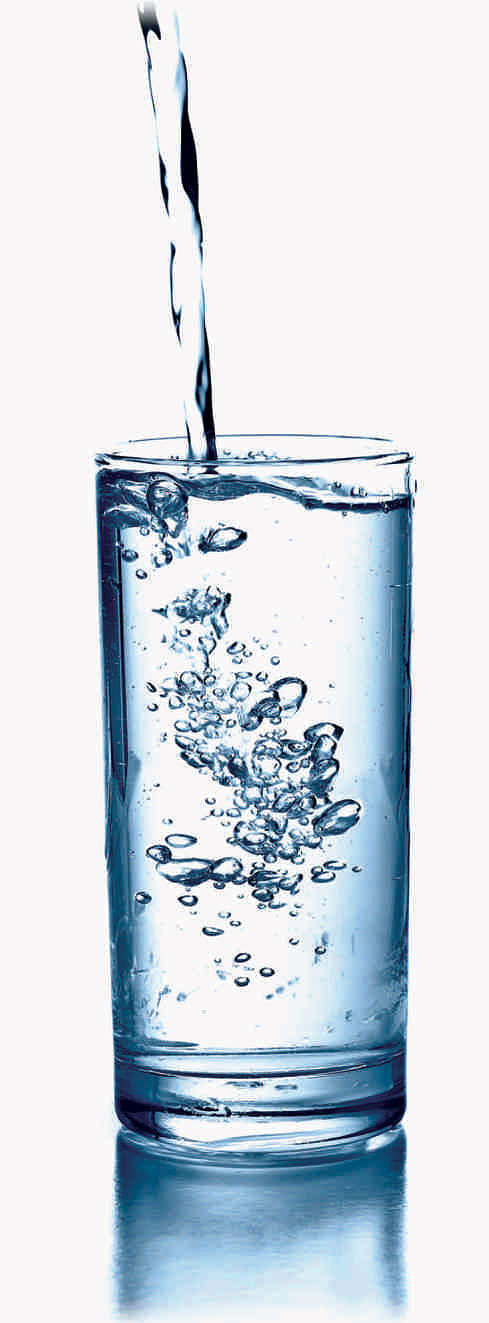The Rolling (kidney) Stones
The Rolling (kidney) Stones

Stone diseases date back to the beginning of civilisation. Kidney or renal stones were first identified in an Egyptian mummy from about 4500 BC. It is one of the most common diseases of the urinary tract. Around two to three percent of the world's population suffers from kidney stones. People who belong to the age group of 30 to 40 years are more prone to kidney stones. The incidence is more in males than females.
Kidney stones are usually harmless unless they start showing symptoms. Most of them are small in size and easily pass with urine. But the ones that get stuck in the ureter (the tube that drains urine from kidney to bladder) or within the kidney can be troublesome. They cause persistent problems and symptoms. Luckily there are treatments available to remove them.
Causes of Kidney Stones
The exact cause of kidney stone formation is still unclear. But it usually requires concentrated urine that allows the minerals to cluster together. Living in a hot climate, or working is a hot environment, sweating profusely and drinking less water causes concentrated urine formation, as you get dehydrated.
Various underlying medical conditions, such as high levels of calcium, cystine and uric acid in blood, could also cause the formation of kidney stones. Certain medicines are also responsible for kidney stones. Medicines such as Diuretics, chemotherapy medicines and some meds for HIV can boost stone formation.
Kidney stones can often be a hereditary ailment; i.e. you are more prone to getting kidney stones if a close relative had it. You are also prone to getting stones if you suffer from recurrent urine infection or your kidney has cysts or scars in it.
Symptoms of Kidney stones
A kidney stone usually won't cause any problem or show any symptoms. You may not even be aware that a stone has formed until you are confronted with visible symptoms. Symptoms may include one or more of the following-
Renal colic: It is a severe pain which comes and goes and is caused by a stone that gets stuck in the ureter. The pain starts in the side of your abdomen and later spreads down to the lower abdomen or the groin region. The pain is so severe that you may sweat or start feeling sick.
Dark urine: You may see blood in urine. This blood stained urine is caused by the stones rubbing against the walls of your ureter.
Pain in the abdomen: A stone stuck in the kidney gives rise to pain in the sides of the abdomen
Infection: Kidney stones may sometimes lead to urine infections. Fever, pain and frequent micturation are features of infection.

Diagnosis of Kidney Stone
The presence of kidney stones can be confirmed by the following options-
! Ultrasound of the whole abdomen or the KUB (kidney and urinary bladder) region will easily reveal the presence of kidney stones as well as its complications (such as hydronephrosis-swelling of kidney).
! CT (Computerised tomography) scan- It is a bit expensive but is the most reliable way to confirm the presence of kidney stones. The size and location of the stone can also be detected through this scan.
Other than the above mentioned tests, the doctor may suggest blood tests to determine the cause behind the formation of kidney stones and to check for any infection.
Treatment of Kidney Stones
Stones that cause renal colic pain usually pass with the urine within a day or two. Drinking plenty of water will flush them with a good flow of urine. Painkillers can be needed at that time to ease down the pain. Your doctor may prescribe some other medications, but no intervention should be required.
But stones that are troublesome and are large in size should be removed under a hospital setting. Various options of treatment are available, such as:
! PCNL (Percutaneous Nephrolithotomy)- A small telescope like instrument is passed through the skin into the kidney and the stones are crushed. These stones are then removed through an instrument called nephroscope.
! ESWL (Extracorporeal Shock Wave Lithotripsy) - High-energy shock waves are focused onto the stones to break them up. The fragments are later passed out through urine. No surgery is required here.
! Uretroscopy- A thin telescope is passed up in the ureter, and as soon as the stone is seen, laser is used to break it up.
! Traditional Surgery- Few cases, that can't be dealt with the above mentioned newer techniques, require this method. Usually an extremely large stone is removed by surgery.
Recurrence
The recurrence rate of kidney stones is high (around 50 percent cases). Stones can reappear in a person's body within 10 years.
Prevention
Kidney stones can easily be prevented by drinking adequate amounts of water. Hydration will help in the dilution of urine and cease the accumulation of minerals. Good flow of urine will always ensure regular flushing of the urinary system; hence preventing the beginning of stone formation.
The writer is a Research Physician of CCAH, ICDDR'B